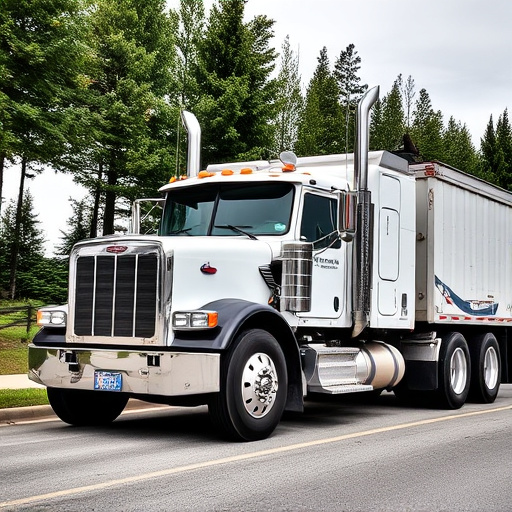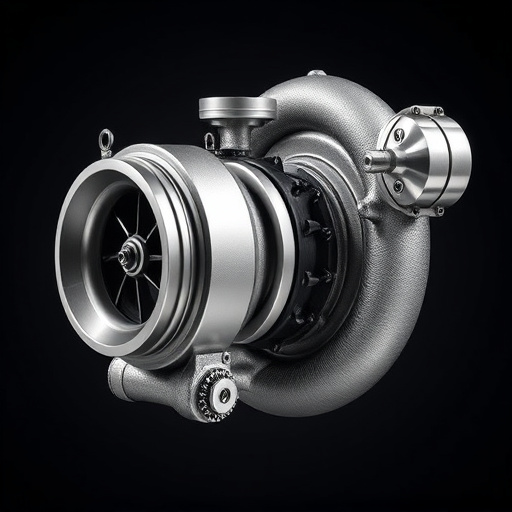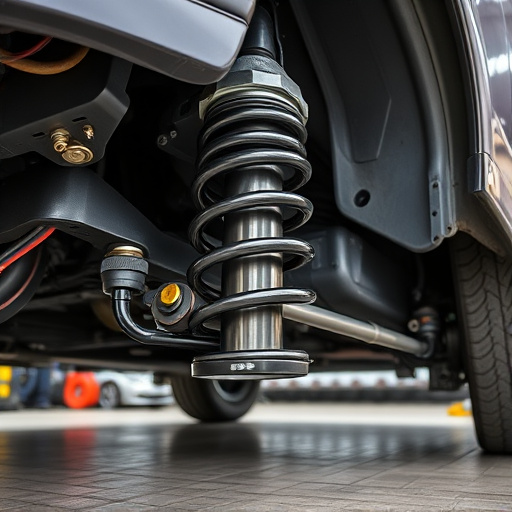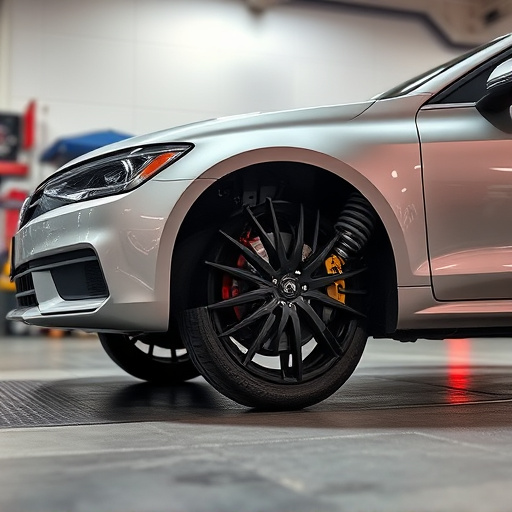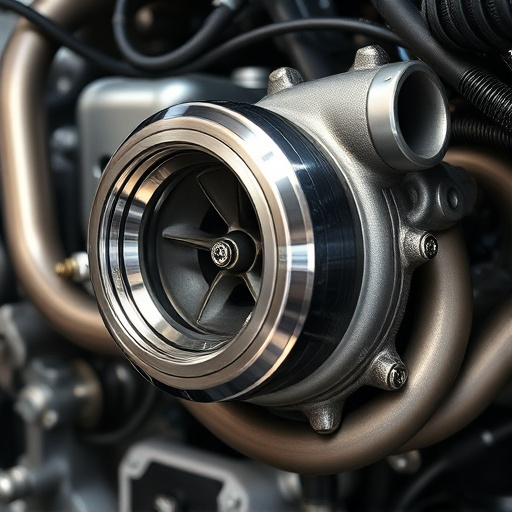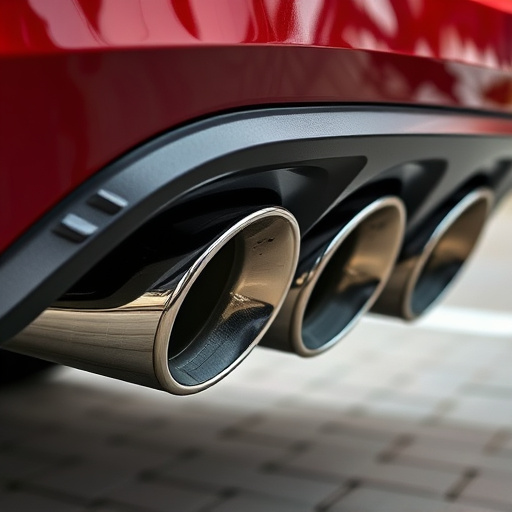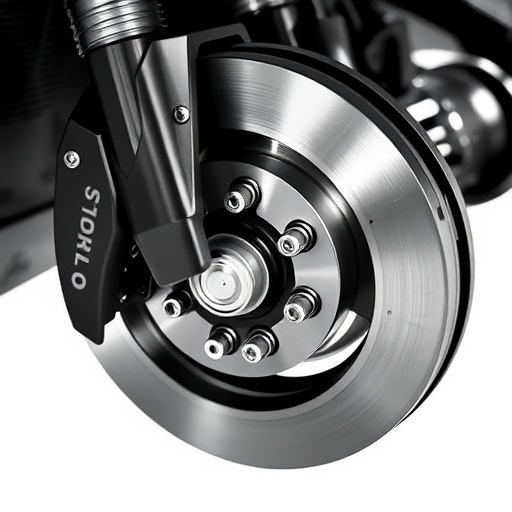The brake master cylinder is a critical component in a vehicle's braking system, converting foot pressure into hydraulic force to activate all four wheels. Upgrading to a higher-performance model improves braking performance for safer control and shorter stopping distances, especially with advanced suspensions or track use. Before upgrading, ensure proper tools, safety precautions, and consultation of the vehicle manual. Post-installation, test driving is essential to confirm improved braking confidence, reduced stop distances, and better control during hard brakes, fine-tuning as needed.
Upgrading your brake master cylinder (BMC) can significantly enhance your vehicle’s braking performance. This essential component plays a pivotal role in translating your foot’s pressure into force, enabling controlled stops. In this article, we’ll guide you through the process of understanding and upgrading your BMC, ensuring safer driving with improved stopping power. We’ll cover the necessary tools and safety measures, provide step-by-step installation instructions, and share testing and driving impressions for a successful upgrade experience.
- Understanding the Brake Master Cylinder Role
- Prepare for Upgrade: Tools and Safety
- Installation, Testing, and Driving Impressions
Understanding the Brake Master Cylinder Role
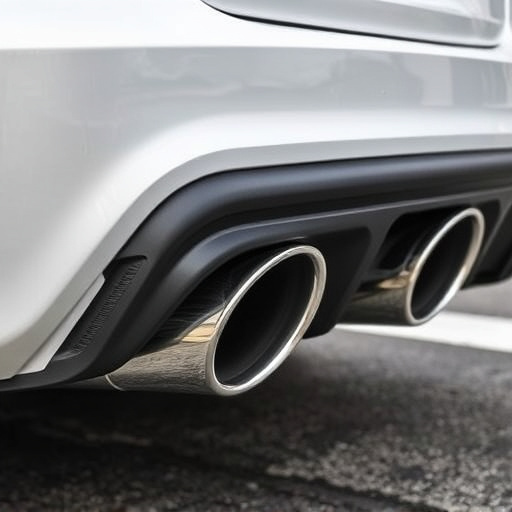
The brake master cylinder is a vital component in any vehicle’s braking system. It plays a crucial role in translating your foot’s pressure into the force needed to slow or stop the car. When you press the brake pedal, the master cylinder uses hydraulic pressure to activate the brakes on all four wheels. This mechanism ensures precise control over your vehicle’s speed and stopping distance.
Understanding how this component works is essential when considering upgrades. Upgrading a brake master cylinder involves replacing it with a higher-performance model that can deliver more power and better modulation. Such enhancements are especially beneficial for drivers seeking improved braking performance, particularly in vehicles with upgraded suspension components or those designed for track use, where precise control over speed is paramount. Moreover, keeping the brake master cylinder in good condition is vital to ensuring the overall safety and reliability of a vehicle’s braking system, complementing well-maintained exhaust systems and other critical parts.
Prepare for Upgrade: Tools and Safety
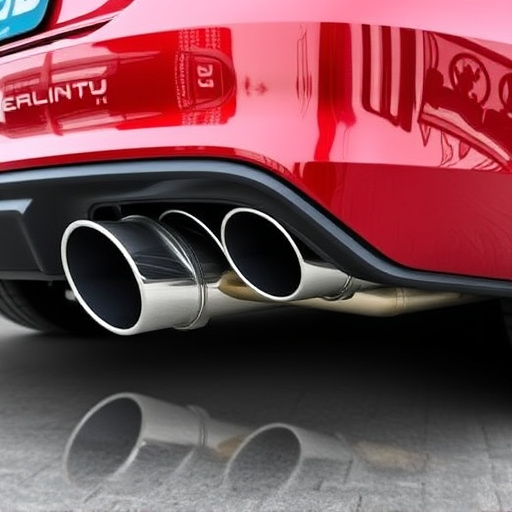
Before upgrading your brake master cylinder, ensure you have the necessary tools and prioritize safety measures. This includes a jack, jack stands, a new brake master cylinder, basic tools like wrenches and sockets, and safety gear such as gloves and eye protection. It’s crucial to create a safe workspace by parking your vehicle on a level surface, engaging the parking brake, and blocking wheels for stability. Additionally, it’s essential to consult your vehicle’s manual for specific instructions and identify any unique features or requirements related to your make and model.
Proper preparation ensures the upgrade process is smooth and effective. Familiarize yourself with the layout of your brake system, especially if modifying other components like air intake systems or enhancing overall vehicle performance. This knowledge can help you avoid potential issues and ensure optimal functioning of your brakes and other intake components.
Installation, Testing, and Driving Impressions
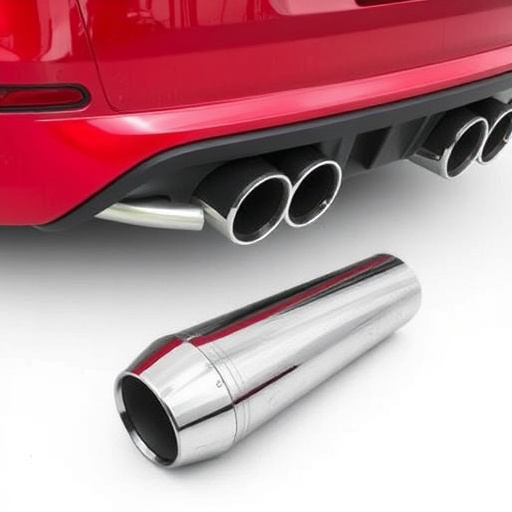
After successfully upgrading your brake master cylinder, the next steps are crucial to ensure optimal braking performance. Installation should be meticulous, with each component properly aligned and secured according to the vehicle manufacturer’s specifications. Testing is paramount; drive at controlled speeds and apply brakes firmly to assess responsiveness and stopping power. Check for any unusual noises or vibrations that could indicate issues with the new master cylinder or associated parts.
Driving impressions play a vital role in confirming the upgrade’s effectiveness. Look for improved braking confidence, shorter stop distances, and better control during hard braking maneuvers. High-performance parts like advanced master cylinders often offer enhanced precision and feel, contributing to a more enjoyable driving experience. Just as with any automotive modification, comparing performance against stock levels and initial settings will help fine-tune your setup, especially when paired with other upgrades like performance air filters or exhaust mufflers for a holistic enhancement in vehicle dynamics.
Upgrading your vehicle’s brake master cylinder can significantly enhance braking performance and safety. By following the steps outlined in this article—from understanding the crucial role of the brake master cylinder to installation, testing, and driving impressions—you can ensure a smooth, controlled stop every time. This simple upgrade is a game-changer for folks seeking better control on the road, making it a must-consider for any DIY enthusiast or car owner looking to optimize their vehicle’s braking capabilities.





